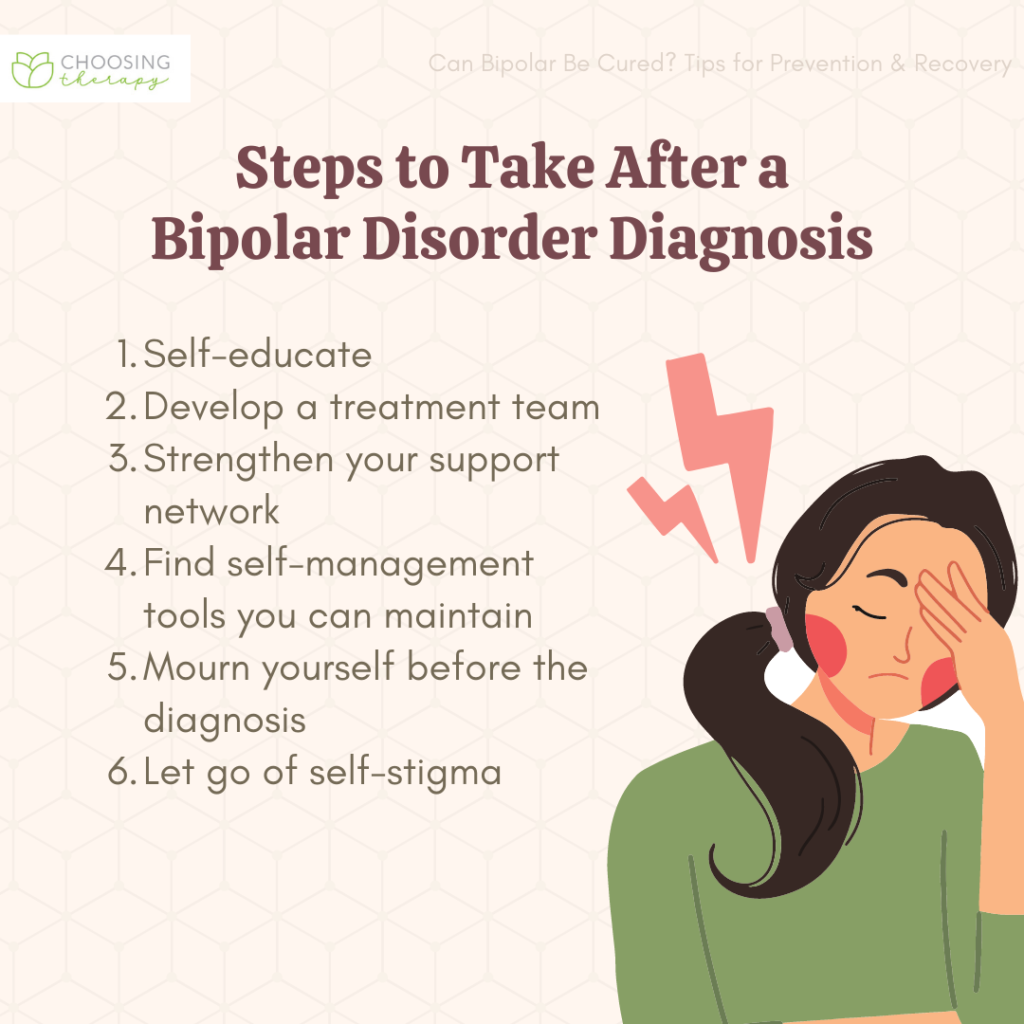Please enjoy the info Manic phase of bipolar disorder, Stages of bipolar mania, Bipolar episode mania, Episode of mania bipolar, Bipolar episodes of mania.
Practical Strategies:Manic phase of bipolar disorder
3 Phases of Bipolar Mania Bipolar disorder is a psychiatric condition characterized by severe fluctuations in mood.
These mood swings can cause people to feel pleased and excited one day and extremely sad and angry the next.
Bipolar illness may also give rise to psychotic manifestations, such as auditory or visual hallucinations.
The three phases of bipolar mania include euphoria, impatience, and aggression. Every stage exhibits distinct symptoms.
Seeking assistance is essential if you suspect that you or someone you are acquainted with may be afflicted with bipolar illness.
There are therapeutic interventions that can effectively control the disease.
Bipolar mania is a mental health condition that involves extreme mood swings, from overly happy and excited to full-blown rage.
While the specifics of bipolar mania can vary from person to person, there are three general stages that most people go through.
A clear understanding of what to anticipate will assist you in obtaining the necessary assistance during this challenging period.
The three phases of bipolar mania include euphoria, irritability, and melancholy.
Let us examine each one more closely.
Please Read This Great Info bipolar-disorder-type-1-bioandbrainhealth
Manic phase of bipolar disorder

Enjoyable. For example, a person in a manic state may report their sensory experiences as more vivid and enjoyable, with increased energy and alertness.
Mania is typically a sign of bipolar disorder, a disease marked by spells of mania known as “manic episodes” that occur regularly.
As a result, because mania is one of the acute symptoms of bipolar illness, some refer to it as “mania disorder.”
However, while mania is usually associated with bipolar illness, other disorders and causes can also provoke manic episodes.
Manic detail at a Glance: · A highly heightened emotional state with enhanced alertness and activity, mania is a typical bipolar illness symptom.
· mania is classified into mixed states, hypomania, and related diseases.
· mania can occur in cycles that last many weeks or months and have no foreseeable triggers.
· Mania treatment is frequently part of bipolar illness treatment and may include counseling, hospitalization, and medicines.
What is mania? – Manic phase of bipolar disorder

Mania is a hyperactive emotional state characterized by a diminished demand for sleep. The following characteristics further distinguish mania:
· seem to have a lot of Mood changes
· The problem lies in the rapidity of speech, making it difficult or impossible to interject. · impact Impaired judgment
· flighty ideas and thoughts that move from issue to topic
Severe mania may cause hallucinations and delusions. Many people who feel they or someone they care about suffers from mania may wonder,
“What is manic disorder?” Mania is caused by bipolar disorder, sometimes referred to as mania disorder.
However, while bipolar illness frequently produces focus, it is not the primary cause of mania.
Please Read This Great Info managing-bipolar-disorder
Stages of Mania – Manic phase of bipolar disorder

It may go through three phases of mania.
First, before entering a potentially hazardous, delirious mania state, people frequently experience milder types of concentration.
Such as hypomania and acute mania.
1. Hypomania (Stage I). Stages of bipolar mania At the same time, hypomania disrupts sleep and activities.
Although it may increase impulsivity, it seldom necessitates hospitalization or causes psychosis.
2. Acute Mania (Stage II). Stages of bipolar mania Individuals may have heightened impulsivity during severe mania.
Unfortunately, it is also causing them to act recklessly, inappropriately, or promiscuously.
People suffering from severe mania will also have increased activity, little to no sleep, and chatter, frequently bouncing from topic to issue.
In addition, they may exhibit specific psychotic symptoms that they are unaware of or that are linked to reality.
3. Delirious Mania (Stage III). Stages of bipolar mania The third stage of mania is euphoric mania.
Its symptoms are comparable to those of acute mania, but it also includes delirium.
Delirium is characterized by transient disorientation and a reduced ability or inability to connect with reality.
This stage may also include a mix of mania and psychosis.
Please Read This Great Info best-marriage-advice
Mania Classifications
In addition to the phases of mania, numerous mania categories are used to define the many forms of mania.
Menopause, hypomania, and associated disorders are instances of mania.
Mixed States A mixed-state mania is a mania episode that involves both hypomania and manic and depressive symptoms.
This condition does not generally result in the same mood boost that mania would cause.
Mixed-state mania’s depressive characteristics may raise the probability of suicidal ideation while simultaneously boosting energy and impulsivity, raising the possibility of a suicide attempt.
Hypomania Hypomania causes substantial mood fluctuations and interruptions in sleep, activity, and impulsivity.
However, the consequences of hypomania are not severe enough to interfere with people’s typical everyday activities.
Furthermore, hypomania does not result in psychotic symptoms such as hallucinations or disconnection from reality.
Related Conditions Mania, which is often seen in individuals with bipolar disorder, is not exclusive to this condition. It may also manifest like the symptoms of other mental health disorders.
Aside from bipolar disorder, other common causes of mania include other mental illnesses, underlying medical conditions, particularly those that affect the thyroid, and medications or pharmaceuticals.
Signs and Symptoms of Mania :

· affect on Increased energy
· affected by Increased activity
· the trouble with changes in mood
· Problem with Decreased inhibition
· Difficulty with Flighty thought processes
· affects extreme talkativeness
· affect on Decreased sleep
Bipolar mania symptoms include these manic episode symptoms for an extended time, usually at least one week.
Please Read This Great Info best-diet-for-bipolar-disorder
Causes of Mania

Those suffering from bipolar illness typically undergo periods of mania and despair that last many weeks or months.
In addition, many people with bipolar illness do not have identifiable mania triggers, which makes the beginning of manic episodes unpredictable.
In addition to bipolar illness, medicines or pharmaceuticals, particularly stimulants, can cause mania.
Other medical illnesses, including thyroid problems or mental health issues, can also cause mania.
Diagnosing Mania, Fifth Edition (DSM-5). To be diagnosed with bipolar disorder, an individual must display a minimum of three of the following symptoms consistently for one week:
· Reduced sleep
· Increased speech speed
· concentration issue
· very high self-esteem
· a solid desire to achieve goals
· pacing or hand-wringing
· too much involved Increased pursuit of dangerous activities Mania Statistics Because bipolar disorder and mania are closely connected, most are linked to bipolar disorder data.
According to most studies, 0.4–1.6 percent of individuals will experience an episode of mania at some point in their life.
However, according to the current study, this percentage might be as high as 5–7 percent.
Mania Treatment and Recovery

Acute mania therapy is usually part of a larger bipolar disorder treatment plan.
However, the primary focus is on the individual’s short-term mania recovery to resume regular activities.
Mania treatment may include hospitalization and psychiatric counseling.
Long-term treatment for bipolar disorder symptoms includes ongoing counseling and drugs such as lithium, anticonvulsants, and antipsychotics.
While this is an ordinary course of therapy for many people, each person’s condition is unique, and anybody with particular issues should consult a doctor.
Please Read This Great Info great-way-to-know-bipolar-reason-behind
Final thought:
Here at the Mental Health Resource Center, we’ve seen firsthand how bipolar disorder can wreak havoc on people and their loved ones.
However, those afflicted with this psychiatric disorder might find solace.
We provide free access to our website, which lists helpful resources like local support groups and information about treatments available that may help manage your condition and live a healthier life.
If you or someone you know has been experiencing symptoms of mania over the past few weeks,
It is essential to seek assistance promptly to prevent subsequent instances’ recurrence.
You deserve better than what bipolar mania could give you if left untreated; take action today!









